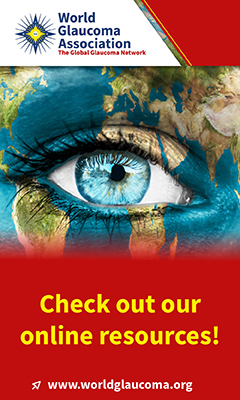advertisement

Abstract #117050 Published in IGR 24-4
Telemedicine Screening for Eye Disorders in Federally Qualified Health Centers: Relationship to Vision-Targeted Health-Related Quality of Life
Swain TA; McGwin G; Girkin CA; Owsley CTelemedicine Journal and E-Health: the Official Journal of the American Telemedicine Association 2024; 30: e2080-e2086
Federally Qualified Health Centers (FQHCs) play a crucial role as safety-net primary health care clinics in the United States, serving medically underserved areas and populations. However, eye services are rarely offered at FQHCs. We examined how telemedicine-generated ocular diagnoses impacted vision-targeted health-related quality of life at FQHCs in rural Alabama. We focused on patients who are at risk for glaucoma. Both visual function and retinal imaging were assessed. The telemedicine vision screening protocol performed by a remote ophthalmologist evaluated eyes for glaucoma, diabetic retinopathy, cataract, age-related macular degeneration, and a measurement of habitual visual acuity. The National Eye Institute Visual Function Questionnaire-9 (VFQ-9) was administered. Using stepwise regression, the best-fitting model for predicting VFQ-9 scores incorporated visual acuity 20/40 or worse, a diabetic retinopathy diagnosis, and sociodemographic variables (gender, transportation, insurance type/status, and employment status). Vision-targeted, health-related quality of life in our FQHC settings was related to the visual acuity impairment and the diagnosis of diabetic retinopathy but was also influenced by a variety of sociodemographic factors.
Full article

